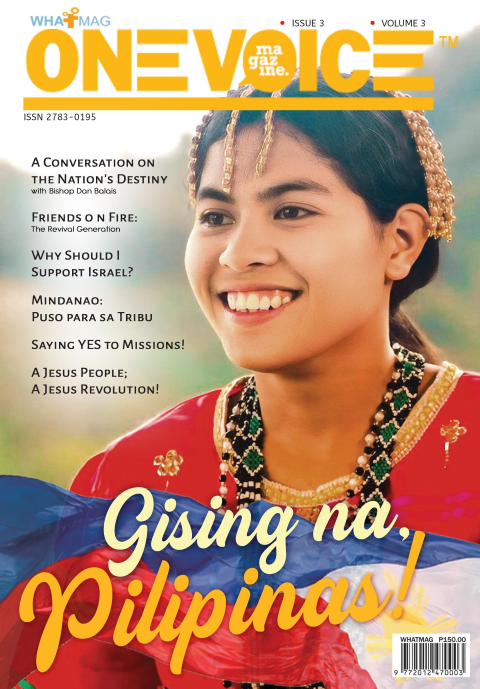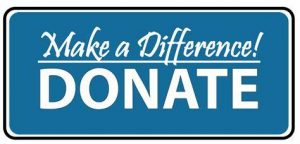by Rea Anna Buenaventura
Peace. Big word. Peace. Often, we hear the word “peace” in parodies of beauty pageants where the contestant says that she wants WORLD PEACE. “Peace” is also a by-word for those who have passed on from their earthly lives to journey to the great beyond. We find the word “peace” again, in gestures, having evolved into a hand signal for the hippies in the 70s. “Peace” has also become synonymous with the word “sorry” when you accidentally step on someone’s foot. However, the concept of PEACE is all too big for us to grasp. How else are we going to understand peace unless we meet the one who created it, the author, the One who IS peace—Jesus, the Prince of Peace?
For the Armed Forces of the Philippines (AFP), the advocacy of peace has gone one notch higher. The project of painting a Peace Mural along Epifanio Delos Santos Avenue (EDSA) began the 26th day of May 2013. The army spearheaded the painting of the longest peace mural in the world. The Metro Manila Development Authority, Office of the President Adviser on the Peace Process, Asia America Initiative, Dolphins Love Freedom Network, and various civilian groups worked hand-in-hand, or should we say stroke by stoke, in making this project a success. The AFP took the whole stretch of White Plains to Col. Bonny Serrano Avenue, covering 3.7 kilometers of walls.
“Lakbay Para sa Kapayapaan” are the words that inspired this project. It is not also by accident, nor convenience, for the chosen location of the mural. In retrospect, EDSA has been the symbolic place where Filipinos have flocked to bring peace back to their country. The painting highlights it. The location of EDSA was also chosen from a strategic point of view to educate– to bring people like commuters, drivers, and pedestrians– into an awareness of the importance of peace.
Not just Guinness. It’s a statement.
We like lists. And we like it better if the list entails being on top. The Philippines now holds the record for the longest mural. This accomplishment puts emphasis on the word PEACE, especially since the ones who go into battle are the ones advocating it. One cannot ask for something they have not seen, felt, or tasted. Our soldiers are the primary keepers of peace in this country. They have seen and felt and tasted wars. The need for peace is real for them because they are the ones who see the aftermath–the loss of a comrade, the distress of the civilians caught in-between, the death of a Filipino on the field.
“Blessed are the peacemakers, for they will be called sons of God” Matt. 5:9 The AFP has this great privilege and opportunity of being called such.
This means war. An angle often despised.
Peace is neither the absence of war, nor what you experience when you die. It does not mean going through daily routines without worries. We are at war, as we speak– at war against values and belief systems that rob us day in and out. Corruption, poverty, the lack of proper education, a poor health care delivery system, the widening of the gap between the rich and poor, the middle class still striving to keep food on the table, the exodus of Filipino people with skills… these are just some examples.
Hope & Peace
It may take a while before people see real peace in the world, the country, and in their own lives. But we must, as citizens of this world, start if we haven’t begun yet, or continue what we have started in sharing peace with everyone.
“Peace that transcends all understanding” is a precedent of hope. In a world that is at war, this we can hold on to: that despite everything, God’s peace will give us hope.









